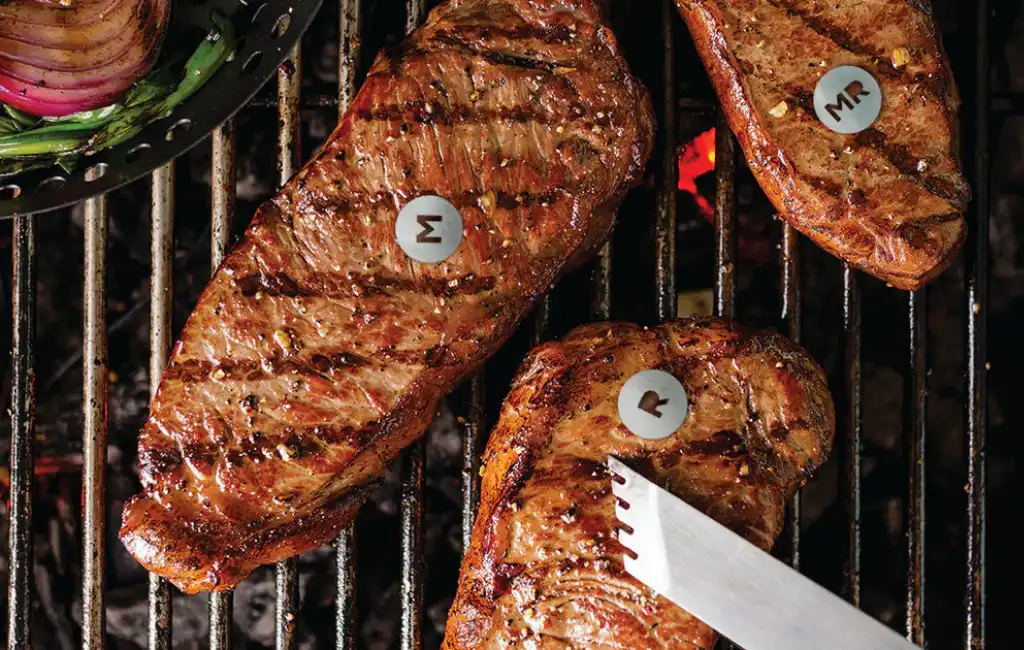FunHouse Amusement Park

NO DEAL
EPISODE SUMMARY
🕓 Air Date: September 29, 2009
Asking For:
$300,000 for 20%
Investor:
No Deal
Deal:
No Deal
PRODUCT SUMMARY
The Funhouse is a 25,000-square-foot live entertainment and amusement attraction in the heart of Times Square, offering a variety of entertainment experiences including vaudeville shows, sideshow acts, lounges with close-up magic, and more.
WATCH HERE
IN A RUSH?
Click these to jump to the section you want to read.
Background Story
Todd Robbins and David Adamovich, the brains behind The Funhouse, have a shared passion for entertainment and a knack for captivating audiences with their unique talents. Located in the heart of New York City’s Times Square, The Funhouse is their ambitious endeavor to create an immersive entertainment destination unlike any other. Todd Robbins, with a background in magic and sideshow performances, brings decades of experience to the table.
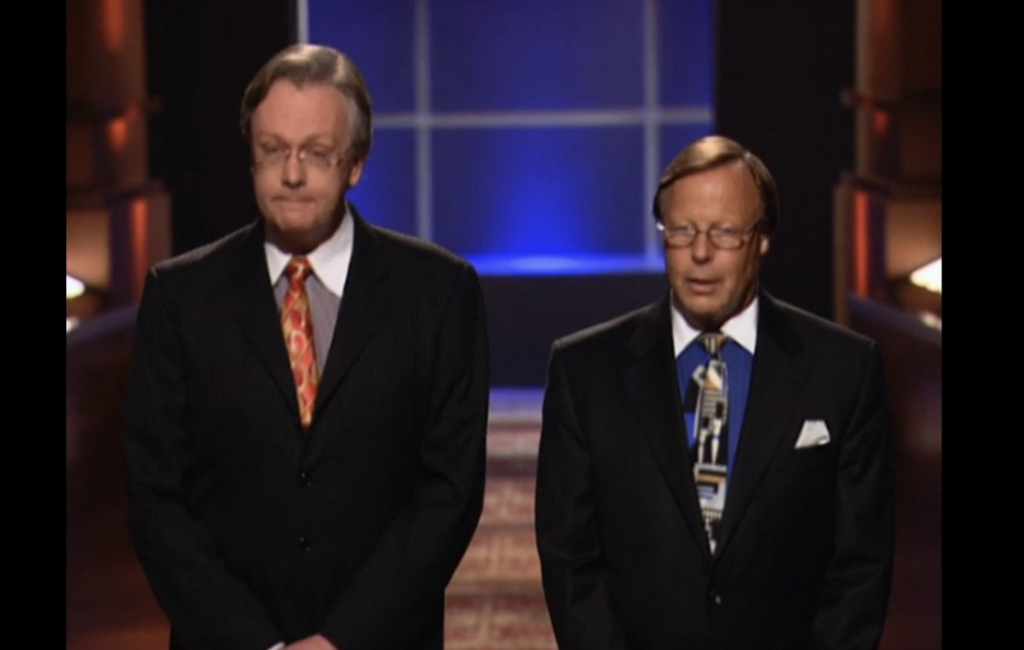
Renowned for his mesmerizing stage presence and mastery of illusion, Todd has entertained audiences worldwide with his captivating performances. On the other hand, David Adamovich, also known as “The Great Throwdini,” is celebrated as the world’s fastest and most accurate knife thrower. With his precision and skill, David has astounded audiences with his daring feats and impeccable aim. The idea for The Funhouse emerged from Todd and David’s shared vision to bring together a diverse array of entertainment experiences under one roof.

Drawing inspiration from the vibrant energy of Times Square and their own backgrounds in magic, sideshow, and daredevil performances, they conceived The Funhouse as a haven for thrill-seekers and entertainment enthusiasts alike. Combining Todd’s expertise in magic and showmanship with David’s daring knife-throwing skills, The Funhouse promises an unforgettable experience for visitors. With its eclectic mix of vaudeville shows, sideshow acts, close-up magic, and more, The Funhouse aims to captivate audiences and leave them spellbound in the heart of one of the world’s most iconic entertainment districts.

The Product
The Funhouse offers an immersive entertainment experience spread across its expansive 25,000-square-foot venue in Times Square. Upon entering, visitors are greeted with a vibrant atmosphere and a wide array of entertainment options to choose from. The venue features five distinct areas, each offering its own unique entertainment offerings.
First, guests can indulge in the Vaudeville Café, a 200-seat restaurant featuring live stage performances by world-class variety entertainers, including jugglers, plate spinners, acrobats, and, of course, knife throwers like David Adamovich.
For those seeking a taste of nostalgia, The Funhouse presents an Old-Style Sideshow, showcasing thrilling acts such as sword swallowing and fire eating, reminiscent of classic sideshow performances. In addition to these main attractions, The Funhouse boasts a lounge area where magicians dazzle visitors with close-up magic tricks involving cards, coins, and other sleight-of-hand illusions.
Guests can purchase tickets for admission to The Funhouse at a reasonable price of $15 per person, making it accessible to a wide range of audiences. The venue’s strategic location in the bustling Times Square area ensures high foot traffic and visibility, attracting both locals and tourists looking for a unique entertainment experience in the heart of New York City.
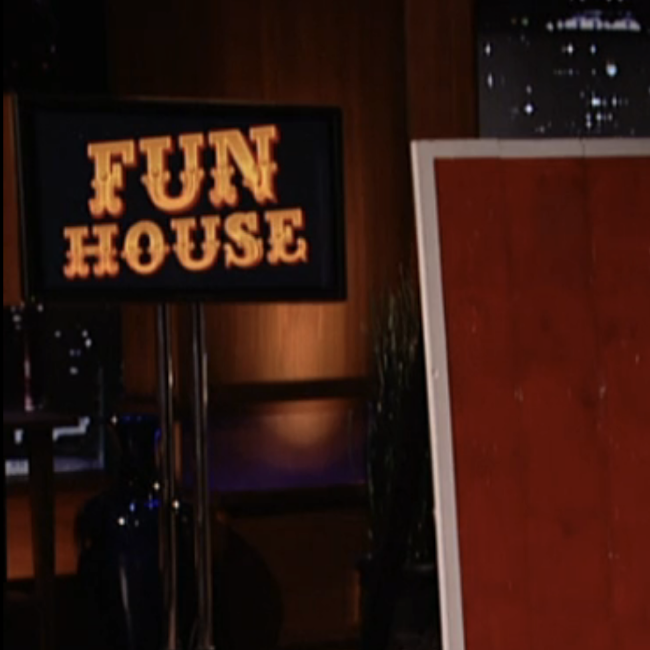
How It Went
The company’s position before Shark Tank
As a startup, The Funhouse’s performance is largely speculative, with projections based on anticipated foot traffic and ticket sales in the bustling Times Square area. The company’s health and position are tied closely to its ability to attract and retain customers through its diverse entertainment offerings. While The Funhouse may not have established partnerships or wholesalers at the outset, its success relies heavily on forging relationships with local businesses, event organizers, and tourism boards to promote its attractions and drive foot traffic.
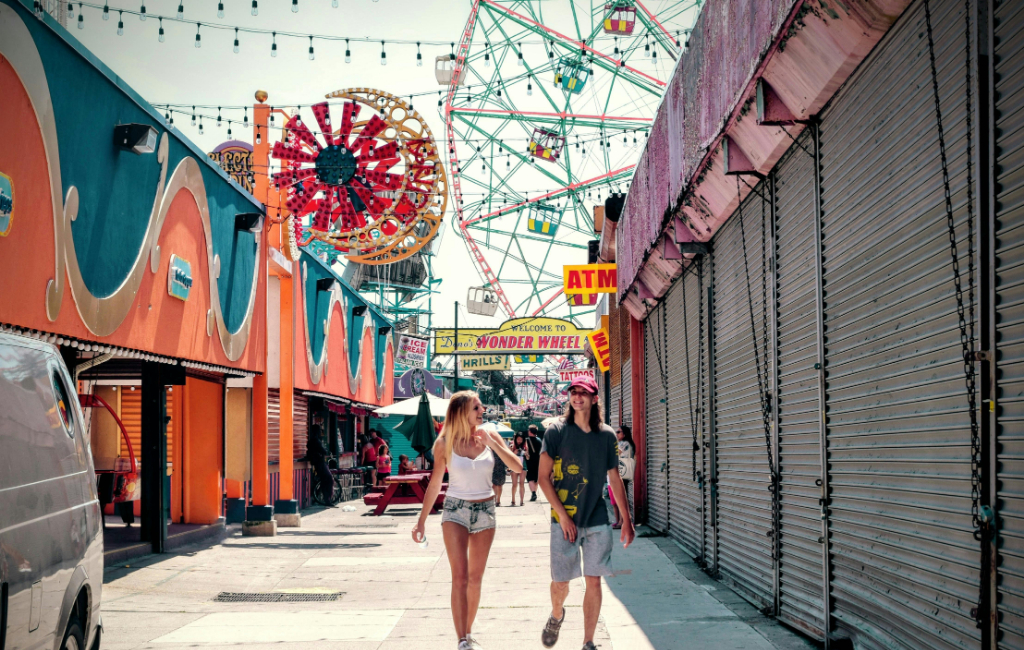
Target customers include tourists visiting Times Square, local residents seeking unique entertainment experiences, and groups looking for event venues or team-building activities. In terms of funding, The Funhouse initially sought $300,000 from investors to cover startup costs, including venue construction, marketing, and operational expenses. However, the lack of a solid revenue track record and uncertainty surrounding the business model’s profitability may present challenges in securing additional funding. Profit and loss projections are contingent on factors such as ticket sales, operating expenses, and overhead costs.
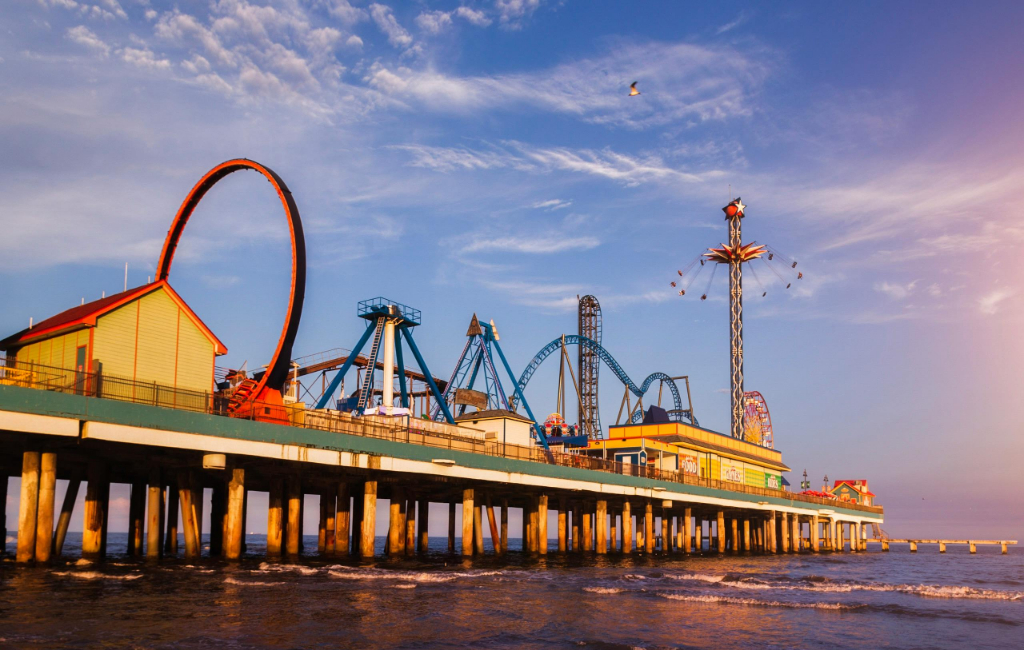
While the founders may have invested personal capital to kickstart the venture, ongoing financial stability hinges on sustained ticket sales and effective cost management. The company’s structure likely involves a core team of founders overseeing day-to-day operations, possibly supplemented by hired staff for venue management, event coordination, and customer service. As The Funhouse grows and establishes itself in the market, it may explore opportunities for expansion, diversification of offerings, and strategic partnerships to enhance its competitive position in the entertainment industry.
The Negotiations:
During the negotiations on Shark Tank, Todd Robbins and David Adamovich presented their ambitious vision for The Funhouse, seeking $300,000 for a 20% equity stake. The Sharks were intrigued by the concept but expressed concerns about the high capital requirements and the uncertainty surrounding the business model’s success. Kevin O’Leary was the first to voice his reservations, citing the substantial risk involved in the venture and ultimately opting out of a deal.
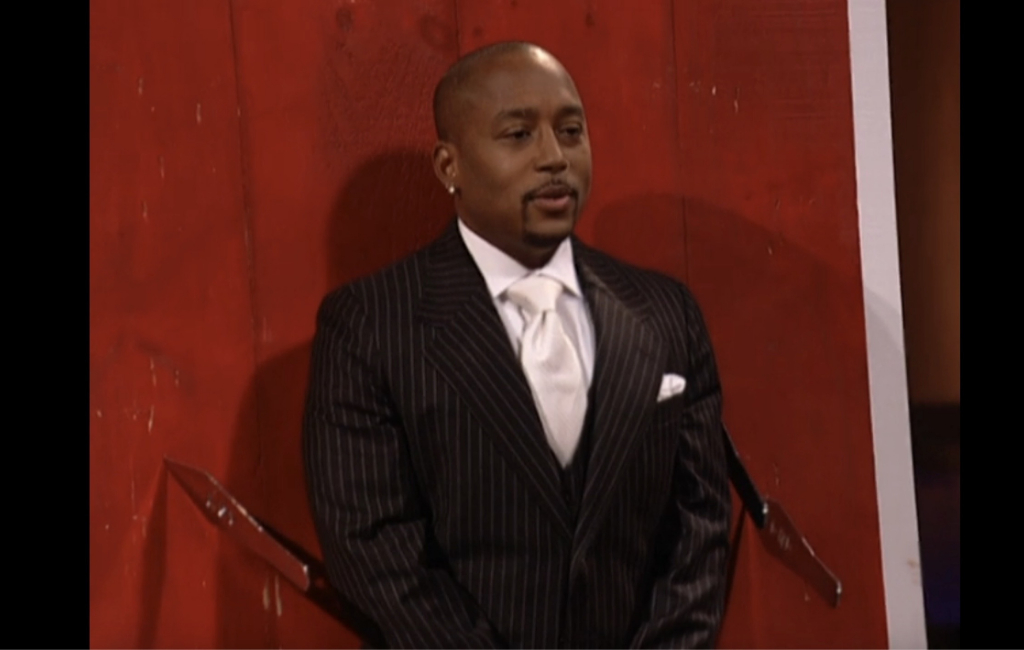
Barbara Corcoran raised concerns about the lack of discussion regarding branding and marketing strategies, highlighting potential areas of vulnerability for the business. Daymond John and Robert Herjavec also expressed skepticism about the investment’s viability, ultimately choosing not to invest due to the perceived high level of risk. Despite the Sharks’ reluctance to commit, Todd and David remained optimistic about The Funhouse’s potential. However, without a solid deal on the table, they left the Tank empty-handed but undeterred in their pursuit of their entrepreneurial dream.
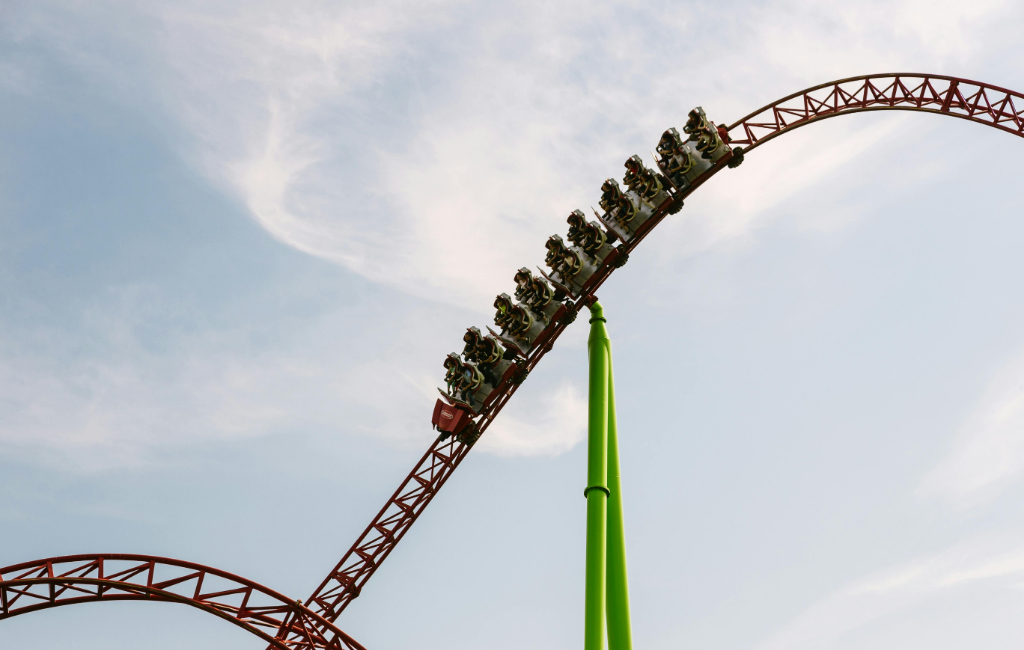
The negotiations underscored the challenges of launching a large-scale entertainment venture in a competitive market, highlighting the importance of robust financial planning, strategic partnerships, and a clear path to profitability. While the Sharks admired the founders’ passion and creativity, they ultimately opted to pass on the opportunity due to concerns about the venture’s financial viability and risk profile.







